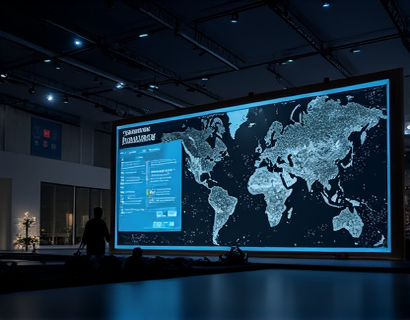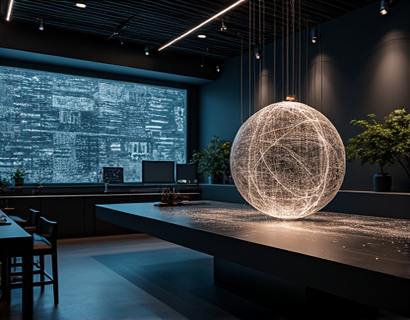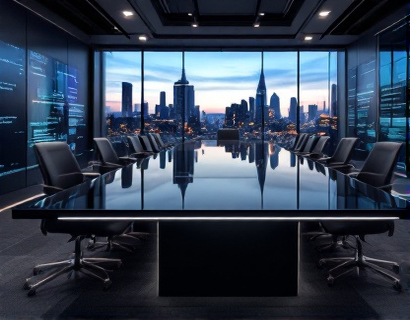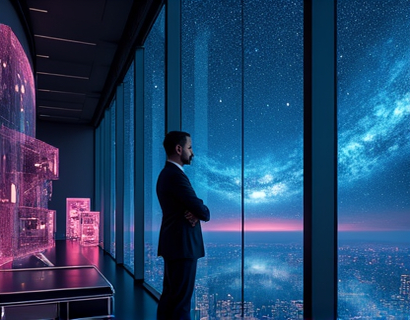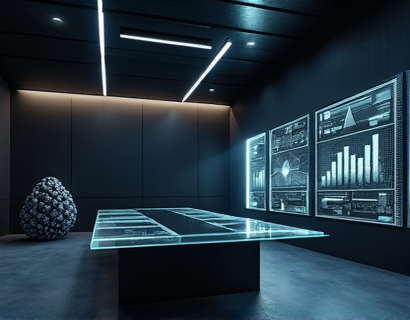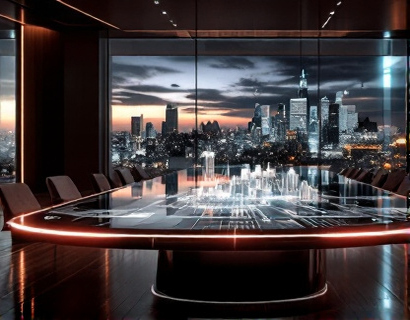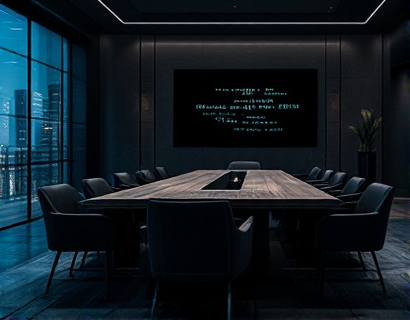Augmented Reality Revolutionizes E-Commerce: Transforming Daily Life with Innovative Lifestyle Enhancement Products
In recent years, the integration of Augmented Reality (AR) into e-commerce has opened new avenues for consumers to explore and interact with products in unprecedented ways. This technology, once confined to gaming and entertainment, is now revolutionizing the way we shop and enhance our daily lives. By overlaying digital information onto the physical world, AR provides an immersive and interactive experience that bridges the gap between online shopping and real-world applications. This article delves into how AR is transforming e-commerce, focusing on lifestyle enhancement products that leverage this technology to offer seamless and satisfying shopping journeys.
The e-commerce landscape is rapidly evolving, driven by consumer demand for more engaging and personalized shopping experiences. Traditional online shopping often lacks the tactile and visual cues that physical stores provide, leading to uncertainties and hesitations. AR technology addresses these issues by allowing customers to visualize products in their own environment before making a purchase. This not only enhances the shopping experience but also reduces return rates and increases customer satisfaction.
Enhancing Product Visualization
One of the most significant advantages of AR in e-commerce is its ability to enhance product visualization. Consumers can now see how furniture would look in their living room, how clothing would fit without trying it on, or how a new gadget would integrate into their daily routine. This level of interactivity is particularly beneficial for lifestyle enhancement products, which often require a deeper understanding of how they fit into one's lifestyle.
For instance, AR applications can simulate the placement of smart home devices such as speakers, lights, or security cameras in a user's home. This helps consumers assess the aesthetics and functionality of these devices, ensuring they make informed decisions. Similarly, fashion and accessories brands use AR to let users try on virtual outfits or accessories, providing a realistic preview of how items will look and fit. This not only enhances the shopping experience but also builds trust and confidence in the purchasing decision.
Personalized Shopping Experiences
AR technology enables e-commerce platforms to offer highly personalized shopping experiences tailored to individual preferences and needs. By leveraging data from user interactions, these platforms can provide recommendations and visualizations that are uniquely suited to each customer. For example, an AR app can suggest lifestyle enhancement products based on a user's past purchases, browsing history, and even their physical environment.
Personalization extends beyond product recommendations. AR can create customized shopping environments that reflect a user's style and preferences. Imagine an AR app that allows users to design their ideal home office or bedroom, complete with furniture, decor, and technology that seamlessly integrates into their lifestyle. This level of customization not only makes the shopping experience more enjoyable but also increases the likelihood of customers finding products that truly enhance their lives.
Interactive Product Demonstrations
AR provides a powerful tool for interactive product demonstrations, which are especially valuable for complex or high-tech lifestyle enhancement products. Instead of relying solely on static images or videos, AR allows brands to showcase the features and benefits of their products in a dynamic and engaging way. Users can interact with virtual models, explore different functionalities, and even see tutorials or tips on how to use the products effectively.
For example, a smartwatch brand could use AR to demonstrate the various health tracking features, showing how the watch can monitor heart rate, track workouts, and provide notifications. Users can see these features in action, directly on their own wrist, which provides a compelling and convincing demonstration. This interactive approach not only educates consumers but also builds excitement and anticipation for the product.
Enhancing Customer Engagement
Engagement is a critical factor in e-commerce success, and AR significantly boosts customer engagement by making the shopping experience more interactive and fun. By incorporating AR elements, e-commerce platforms can create gamified experiences that encourage users to explore products and engage with the brand. For instance, a loyalty program could include AR challenges where users earn points by completing tasks such as trying on virtual outfits or placing AR furniture in their home.
These engaging experiences not only keep customers on the platform longer but also foster a deeper connection with the brand. Users are more likely to return to a site that offers a unique and enjoyable shopping experience, leading to increased customer retention and repeat business. Moreover, social sharing features can be integrated into AR experiences, allowing users to share their interactions on social media, thereby expanding the brand's reach and visibility.
Building Trust and Credibility
Trust is paramount in e-commerce, and AR helps build credibility by providing transparent and realistic product representations. Traditional product images and videos can sometimes misrepresent the actual product, leading to disappointment and returns. AR eliminates this issue by offering an accurate preview of how products will look and function in real life. This transparency reassures customers that they are making informed decisions, which in turn enhances their trust in the brand.
Additionally, AR can include detailed product information and specifications that are easily accessible through interactive overlays. Users can scan a product and instantly view reviews, technical details, and usage instructions. This level of information availability not only educates consumers but also demonstrates the brand's commitment to transparency and customer service.
Driving Innovation and Trends
The integration of AR in e-commerce is not just a trend but a driving force for innovation in the industry. As more brands adopt AR technology, we can expect to see new and exciting applications that further enhance the shopping experience. For lifestyle enhancement products, AR can lead to the development of smart shopping assistants that guide users through the purchasing process, offering personalized recommendations and real-time feedback.
Moreover, AR can facilitate the integration of IoT (Internet of Things) devices into e-commerce, creating a seamless ecosystem where products work together to improve daily life. For example, an AR app could help users set up a smart home system by guiding them through the installation of various devices and showing how they interact with each other. This holistic approach not only simplifies the user experience but also positions brands as leaders in the smart home and lifestyle enhancement space.
Conclusion
The impact of Augmented Reality on e-commerce is profound, offering a transformative approach to how we shop and interact with products. By enhancing product visualization, personalizing shopping experiences, providing interactive demonstrations, building trust, and driving innovation, AR is reshaping the e-commerce landscape. For consumers seeking lifestyle enhancement products, AR-powered platforms provide a cutting-edge solution that combines practicality and advanced technology to create a seamless and satisfying shopping journey. As the technology continues to evolve, the potential for further enhancements and new applications is vast, ensuring that AR remains a key player in the future of e-commerce.




















